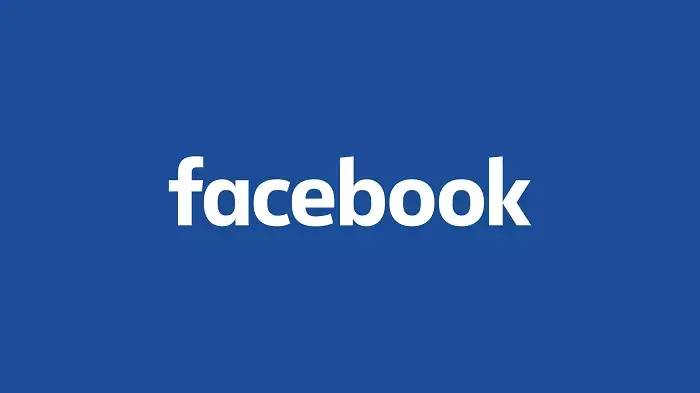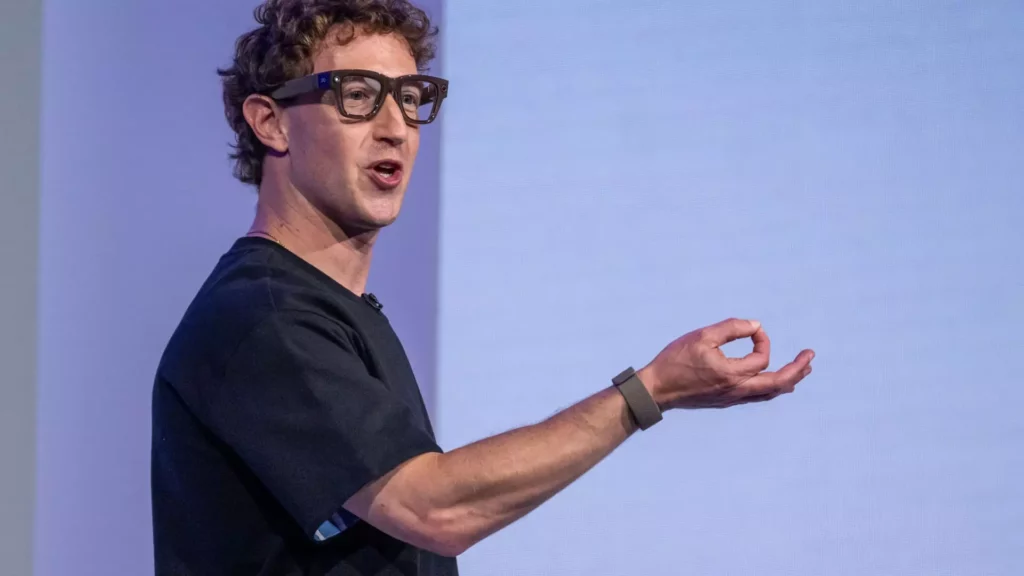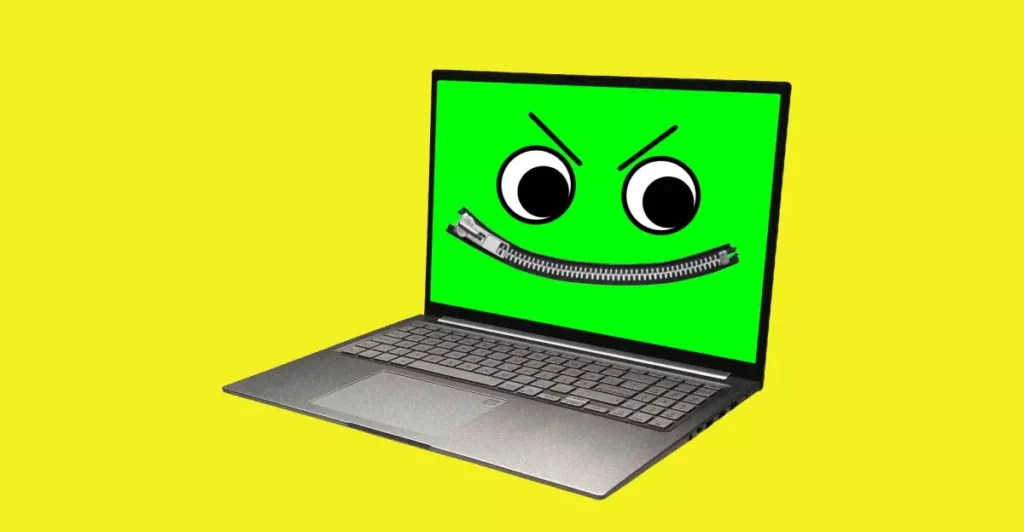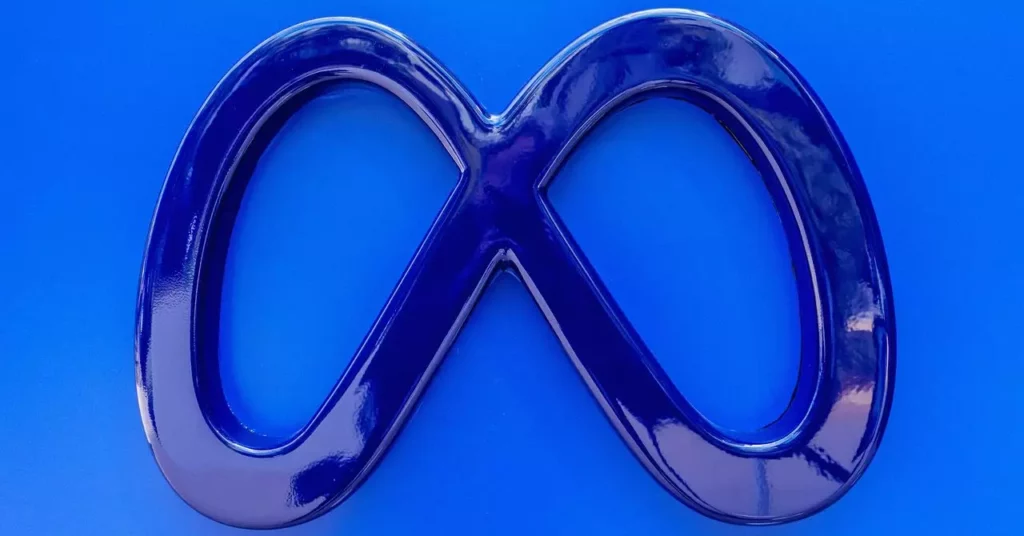In today’s digital landscape, capturing consumer attention is akin to catching lightning in a bottle. Traditional long-form advertising has often been dismissed as inefficient, especially on social media platforms where users scroll at breakneck speeds. But beneath this widespread skepticism lies a compelling insight: brevity is not only strategic but essential. The emergence of short video ads as dominant tools on Facebook challenges longstanding assumptions about storytelling—shorter clips, when properly designed, outperform their longer counterparts in terms of visibility, impressions, and brand recall. This phenomenon mirrors broader trends in attention economics, where consumers’ limited tolerance for advertising calls for smarter, more precise methods to embed messages into their subconscious.
What truly elevates the impact of these short videos is the platform’s native looping mechanics. Facebook’s algorithm—unlike many other digital environments—treats short clips as opportunities for multiple automatic repetitions within a single viewing session. Instead of waiting for the viewer to manually replay a video, Facebook’s system smooths out the playback experience, causing short videos to loop several times without any additional input from users. This is more than a technical feature; it’s a strategic tool that brands can leverage to maximize their messaging efficiency. The key insight is simple yet profound: shorter videos, by design, are more likely to cycle repeatedly during a user’s engagement, subtly embedding the message deeper into viewers’ minds over the course of a single session.
Leveraging Repetition Without Extra Cost
This looping dynamic carries significant implications for marketers aiming to amplify brand visibility without inflating their budgets. Since Facebook’s algorithms determine the number of loops based on real-time performance data, brands that craft succinct, punchy content naturally benefit from more frequent impressions. A 16-second ad, for example, can be exposed up to six times within a brief window—each loop reinforcing the brand message cumulatively. Unlike paid campaigns that require additional ad units or increased spend to achieve frequency, this built-in repetition is an organic outcome of Facebook’s playback behavior.
However, this advantage should not be mistaken for unrestrained repetition. Excessive or insensitively crafted short videos risk annoying the audience, leading to ad fatigue or negative perception. The true art lies in designing precise, compelling content that can thrive within the constraints of multiple loops—each impression as powerful as the last. Marketers who understand this nuance can turn repetition from a potential nuisance into a masterstroke for branding. This approach taps into fundamental principles of memory reinforcement: the more frequently a viewer encounters a concise, impactful message, the more likely it is to become ingrained in their subconscious.
It’s also important to remember that Facebook’s unique environment differs markedly from platforms like Instagram. While Instagram’s videos can loop continuously regardless of their length, Facebook’s looping depends heavily on video duration, making shorter clips exponentially more effective in this regard. This contrast emphasizes the importance of tailoring creative strategies to platform-specific mechanics rather than adopting a one-size-fits-all approach.
The Strategic Limitations and Creative Considerations
Despite the undeniable advantages of short-form content in Facebook’s landscape, it’s critical to assess the contextual application of such strategies. Not all campaigns benefit equally from abbreviated videos. For awareness and brand reinforcement, quick, sharply focused clips capitalizing on Facebook’s looping behavior can be transformative, allowing brands to embed their core message repeatedly without extra expenditure. Yet, when the goal shifts toward detailed storytelling—or showcasing complex product features—longer videos with sustained engagement may be more appropriate, even if they do not benefit from the same automatic looping.
Furthermore, the flexible nature of Facebook’s algorithm-driven optimization suggests that the platform may adjust looping behavior based on real-time performance data. In high-performing campaigns, loops may extend, while in others, they may be curtailed to prevent ad fatigue. This reactive nature underscores a broader truth: the success of short video ads hinges on aligning creative intent with platform mechanics and audience psychology. Over-reliance on the idea that more loops automatically translate into better results can be misleading, emphasizing the importance of crafting content that is both concise and genuinely engaging.
The risk of complacency in exploiting this mechanic is real. Effective marketers need to craft short videos that pack a punch—delivering messages that resonate instantly and elicit a response. They must also remain vigilant about audience reactions, adjusting creative strategies in response to engagement metrics. The delicate balance between repetition and irritation is a tightrope walk that can make or break a campaign’s success in harnessing Facebook’s looping potential.
The Center-Right Perspective on Advertising Innovation
From a center-right liberal standpoint, this technical feature of Facebook’s advertising system underscores two critical points. First, it exemplifies how technological innovation, when understood and applied thoughtfully, can create a competitive advantage without additional taxpayer or consumer burdens. Short, well-crafted ads that leverage platform mechanics allow private enterprises to maximize their marketing efficiency, ultimately fostering a more dynamic and competitive economy. This aligns with the belief that technological progress, not regulatory overreach, should be the driver of marketing and economic growth.
Second, this evolving landscape underscores the importance of entrepreneurial agility—in adapting creative strategies to new and emerging technological opportunities. It champions a worldview where businesses must be judicious and intelligent with their resource deployment, focusing on strategic efficiencies rather than wasteful spending. This approach encourages innovation, entrepreneurship, and a conservative understanding of consumer engagement—respecting viewer attention rather than exploiting it recklessly.
By embracing these mechanics and aligning creative efforts accordingly, brands can stand out in a noisy, cluttered environment. This not only benefits the firms themselves but also maintains a healthy competitive marketplace—one driven by ingenuity and efficiency rather than unchecked marketing excess.
Understanding Facebook’s unique ad looping behavior reveals a potent but underutilized avenue for tactical branding. When employed with care and strategic insight, short videos can become formidable tools—delivering multiple impressions organically and fostering genuine recognition among audiences. This isn’t just about exploiting a technical quirk; it’s about rethinking how content is crafted in an age where attention is scarce and every impression counts.









Leave a Reply